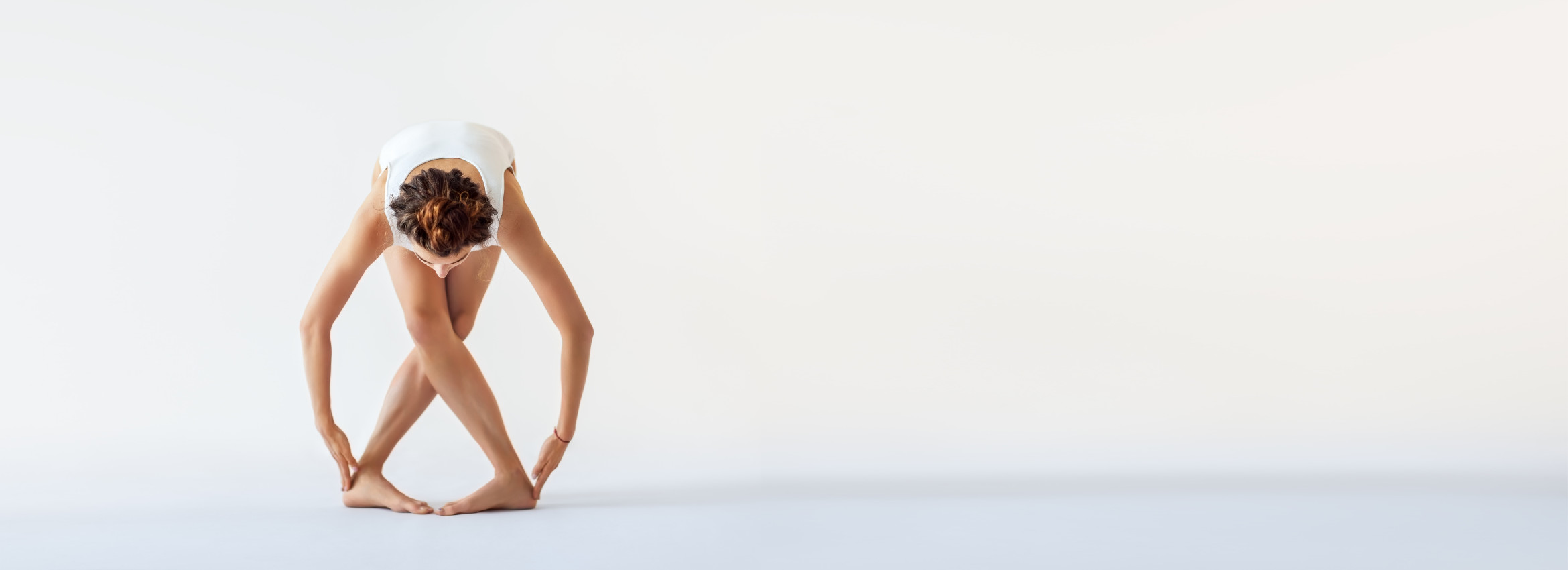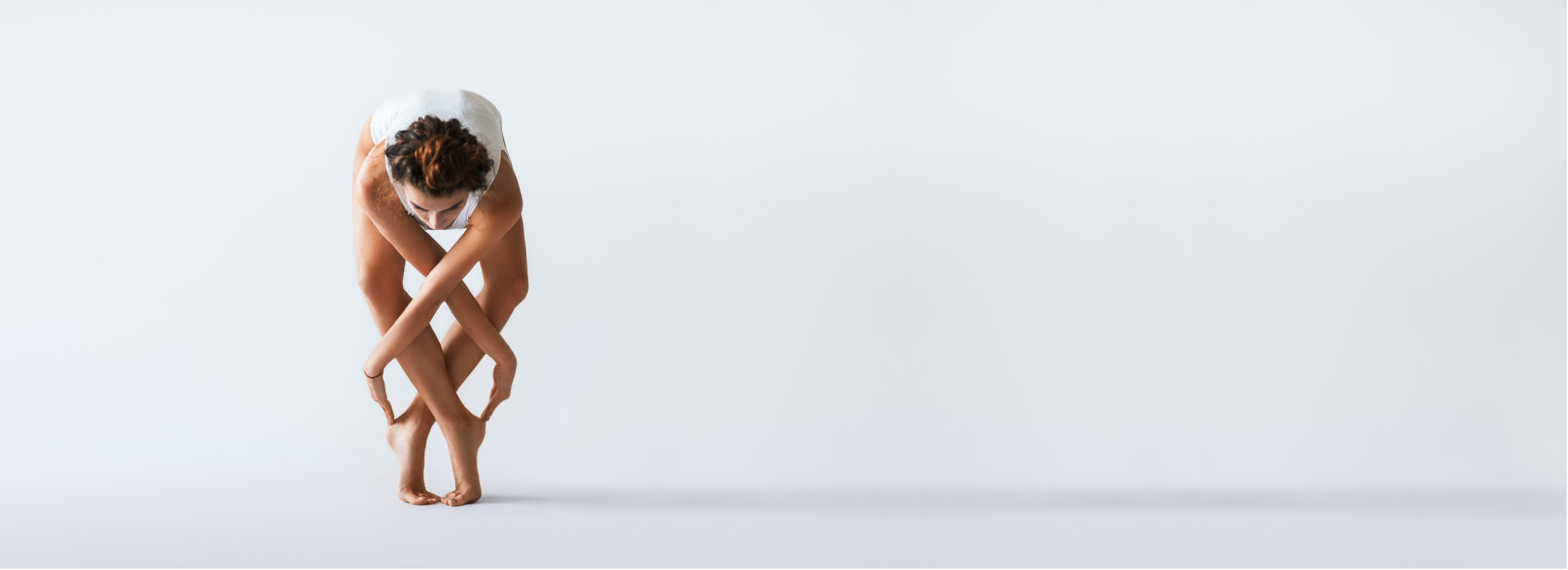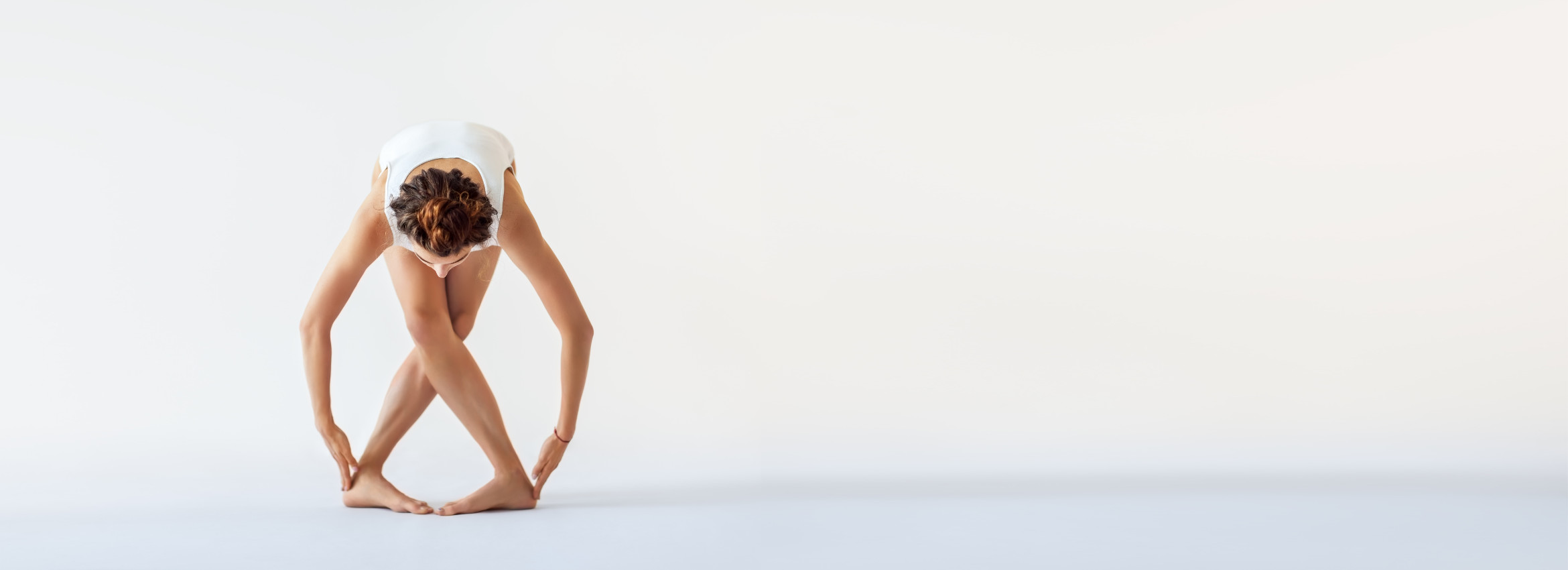Movement is life – we already know. But we tend to relate this to a higher quality of life. Science proves: it is about the lifespan.
The average person in the western world spends 50 to 70 % of the day sitting. Working in an office, eating at the table, driving a car, watching TV on the couch, having coffee or a drink with a friend – we sit and sit. Also, we have gotten used to a quite peculiar picture in public areas all around the world: people with their heads turned downwards, absorbed in their mobile phones. The age is becoming always younger. But careful: What starts as an innocent pastime has severe consequences for an increasing number of people.
We are talking about the so-called “Hunched-Over Laptop Syndrome“, short: HOLS. First symptoms are upper back pain, frequent headaches, a tingling sensation due to nerve compressions, blurred vision and muscle inflammations. If the situation persists, it can lead to slipped discs at the cervical spine (the neck region), spinal deformations and degenerative joint disease, such as osteoarthrosis. But even if we leave laptops and mobile phones aside: Frankly, isn’t it amazingly comfy to lead a life, run all errands - without having to run at all? Cheers to Amazon, Zalando, and foot delivery services! It seemed more than perfect, until science brought a sobering revelation: The more comfy we spend our lives on our sitting bones, the shorter it becomes.
In 2008, a study was published showing how with one hour of watching TV life expectancy shortens by 21 minutes, while smoking a cigarette shortens it by “only“ 11 minutes. Without playing down the harmfulness of smoking, many experts have started to treat constant sitting as an almost higher threat to our health.
Doctors point out that two hours of uninterrupted sitting raises the risk of suffering a cardiovascular disorder, diabetes, chronic back and neck pain and further orthopaedic problems. Permanent sitting favours depression and psychological distress, since it leads to shallow breathing and hunched shoulders, thus to apathy and drowsiness of the mind.
What may surprise those who practice sports or yoga on a regular basis: Recent studies show that protracted sitting is not compensated by a few hours of physical exercise per week. Of course, every movement practice helps absorb the negative effects of physical inactivity. But no matter if we played sports two days ago, next time we sit for too long our body will respond with always the same phenomenon: dysfunction.
And for a good reason: The body seeks to function according to the highest possible “energy efficiency standard“ – in every moment. It saves energy when it is doesn’t seem to be needed and provides it when needed. This is why the lazier we become, the harder it is to get back to an active mode. Vital functions, such as blood circulation, digestion and metabolic processes, cell renewal, regulation of blood sugar and fat burning then start to operate in the background on a minimal level. The longer we remain inactive, the more we suffer from it.
The solution: Change positions at least twice an hour, get up and move, stretch, dance (why not?), play with your kids or grandchildren who surely can´t wait to see you at least try, stop feeling so embarrassed just by showing the world that you are alive. Life itself will reward you with years.
P.S. While writing this article, I took a break once to do some Fascia Flow® Yoga exercises on my chair, a second one to make myself a coffee and do a couple of exercises standing, and a third one for just a few stretches and spontaneous movements. Things can be simple. If this article has inspired you to move more, great! Let me know about it. 😊









